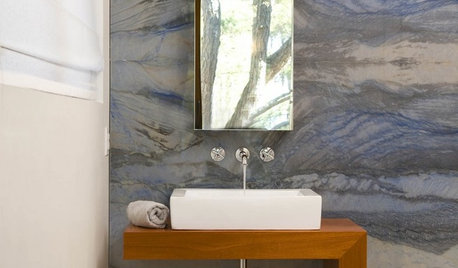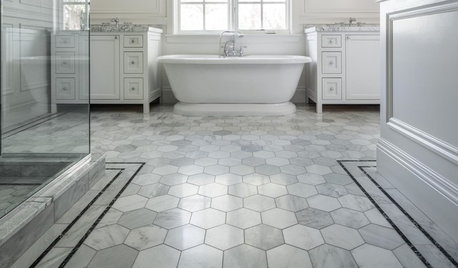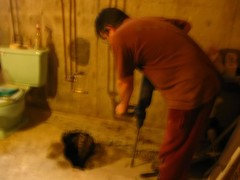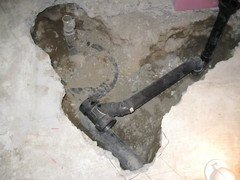Is it Easy to Move a Toilet 3 to 6 Inches on Concrete Slab?
kendog2
15 years ago
Featured Answer
Sort by:Oldest
Comments (9)
kendog2
15 years agoRelated Professionals
Carlisle Kitchen & Bathroom Designers · Moraga Kitchen & Bathroom Designers · Schenectady Kitchen & Bathroom Designers · East Tulare County Kitchen & Bathroom Remodelers · Ewa Beach Kitchen & Bathroom Remodelers · Fairland Kitchen & Bathroom Remodelers · Emeryville Glass & Shower Door Dealers · Fort Myers Glass & Shower Door Dealers · Homestead Glass & Shower Door Dealers · 77505 Glass & Shower Door Dealers · Bon Air Cabinets & Cabinetry · Murray Cabinets & Cabinetry · East Setauket Window Treatments · Rockville Window Treatments · St. Louis Window TreatmentsMongoCT
15 years agoraehelen
15 years agoraehelen
15 years agobluekitobsessed
15 years agokendog2
15 years agoraehelen
15 years agokendog2
15 years ago
Related Stories

BATHROOM DESIGNDesign an Easy-Clean Bathroom
These ingenious strategies and sleek designs for the sink, tub, shower and toilet help your bathroom practically clean itself
Full Story
CONTAINER GARDENS3 Steps to Creating Quick, Easy and Colorful Succulent Containers
Take a bright container, add a colorful succulent or two and have a professional, summery design in minutes
Full Story
LANDSCAPE DESIGNEasy Ways to Manage Stormwater for Lower Bills and a Healthier Earth
Send cleaner runoff into local waterways and spend less on yard irrigation with these simple landscaping approaches
Full Story
REMODELING GUIDES15 Ways to Design an Easy-Clean Home
Spend more time doing what you love with these pointers for minimizing cleaning needs throughout the entire house
Full Story
DECORATING GUIDES10 Easy Fixes for That Nearly Perfect House You Want to Buy
Find out the common flaws that shouldn’t be deal-breakers — and a few that should give you pause
Full Story
KITCHEN DESIGNKitchen Counters: Stunning, Easy-Care Engineered Quartz
There's a lot to like about this durable blend of quartz and resin for kitchen countertops, and the downsides are minimal
Full Story
KITCHEN DESIGNDesign an Easy-Clean Kitchen
"You cook and I'll clean" might no longer be a fair trade with these ideas for low-maintenance kitchen countertops, cabinets and floors
Full Story
KITCHEN BACKSPLASHESWhy You Should Embrace a Solid Slab Backsplash
The effect is stunning, and yet the cost can be minimal. Here’s what to know about using full slabs of stone in your kitchen
Full Story
HOUZZ TOURSHouzz Tour: Usonian-Inspired Home With All the Wright Moves
A Chicago couple's weekend retreat fulfills a long-held dream of honoring architect Frank Lloyd Wright
Full Story
TILEWhy Bathroom Floors Need to Move
Want to prevent popped-up tiles and unsightly cracks? Get a grip on the principles of expansion and contraction
Full Story











bluekitobsessed